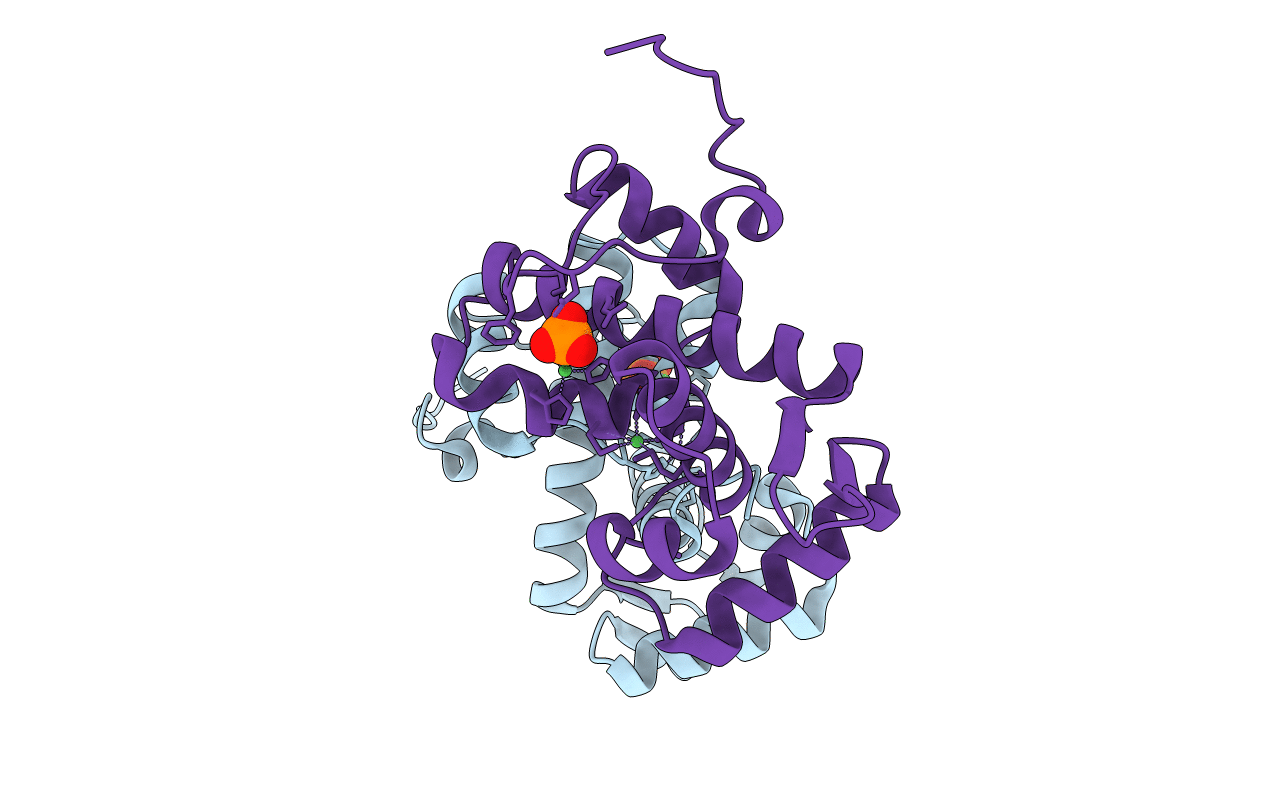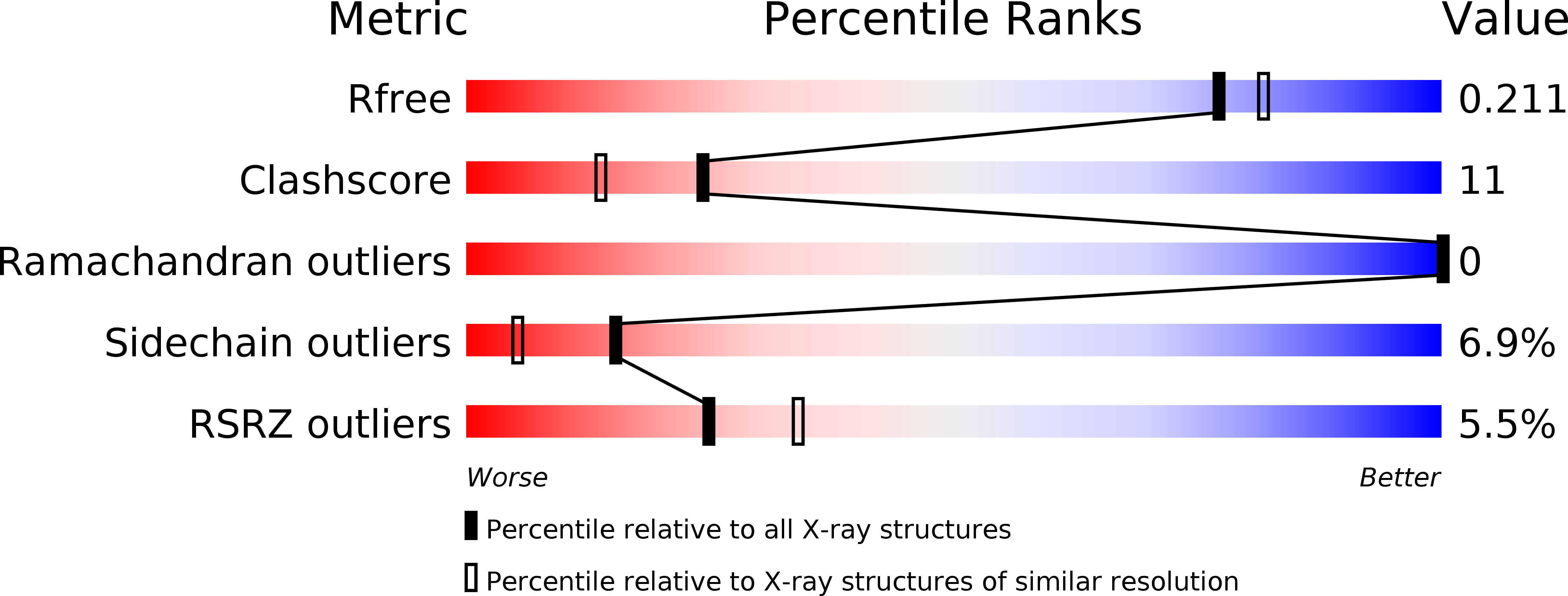
Deposition Date
2006-10-18
Release Date
2007-02-13
Last Version Date
2024-11-06
Entry Detail
PDB ID:
2ISY
Keywords:
Title:
Crystal structure of the nickel-activated two-domain iron-dependent regulator (IdeR)
Biological Source:
Source Organism:
Mycobacterium tuberculosis (Taxon ID: 1773)
Host Organism:
Method Details:
Experimental Method:
Resolution:
1.96 Å
R-Value Free:
0.21
R-Value Work:
0.17
R-Value Observed:
0.17
Space Group:
P 1


